Create Summer Solstice Nature Mandalas by Layla Morgan Wilde
Creating an earth mandala with natural objects is a beautiful way to connect with the elements and express your creativity. Here’s how to create a Nature Mandala to honor the Summer Solstice.
What’s the difference between a mandala and Nature Mandala?
A mandala is a geometric, circular design that holds spiritual or symbolic significance in various cultures and religions. It is often used as a tool for meditation, reflection, and personal growth. I’ve been hand-drawing them for over 25 years. Mine are usually colored pencil crayons on black paper like this one.
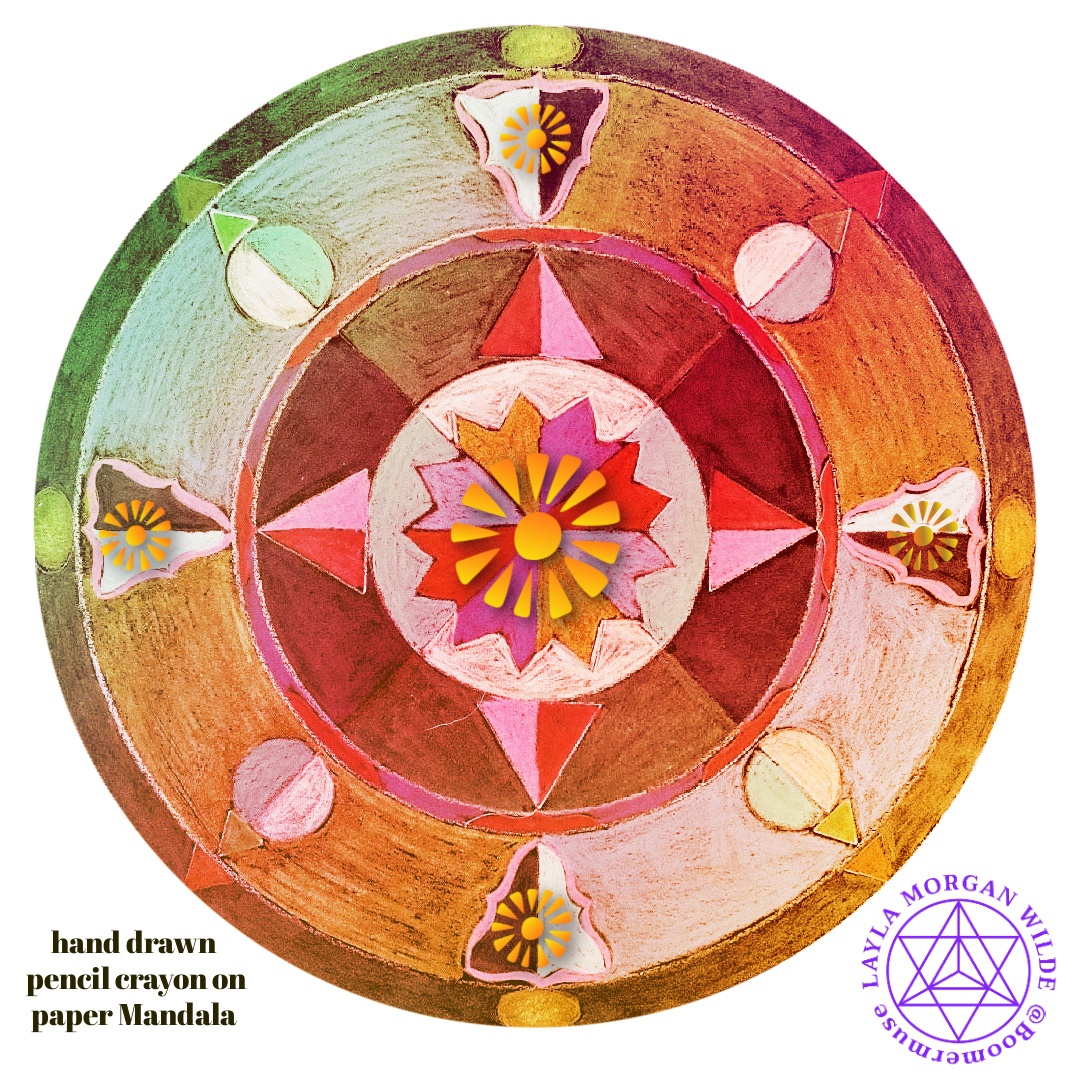
On the other hand, a nature mandala is a specific type of mandala that is created using natural materials such as flowers, leaves, stones, or other elements found in the environment. Here’s a breakdown of the differences and how to create each type:
Mandalas
- Meaning: Mandala is a Sanskrit word that translates to “circle” or “center.” It represents wholeness, balance, and unity.
- Design: Mandala designs typically consist of intricate patterns and geometric shapes arranged symmetrically around a central point. They often incorporate symbols, motifs, and colors with specific meanings.
- Creation: Mandalas can be created using various mediums such as paper, fabric, sand, or even digitally. They are often drawn or painted, and the process can be done by hand or with the assistance of stencils or tools.
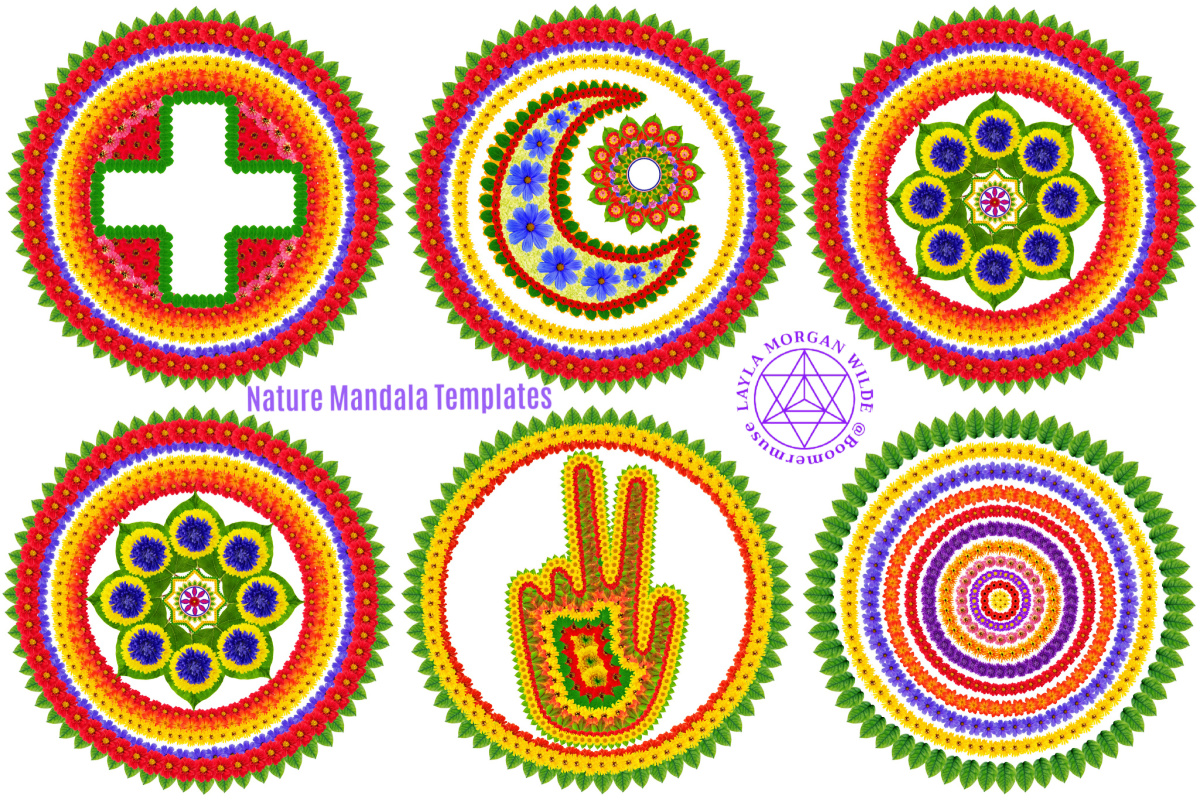
- Nature Mandala:
- Meaning: Nature mandalas combine the symbolism of mandalas with the inherent beauty and energy of natural elements. They celebrate the interconnectedness between humans and the natural world.
- Design: Nature mandalas are created using materials sourced from the natural environment, such as flowers, leaves, shells, rocks, or any other natural objects. These elements are arranged in a circular pattern, typically on the ground or a flat surface, to form the mandala design.
- Creation: To create a nature mandala, gather a variety of natural materials that inspire you. Find a quiet outdoor spot where you can work undisturbed. Begin by placing a central object or design element as the focal point. Then, arrange the natural materials in a circular pattern, building outward from the center. Let your intuition guide you as you create, allowing the mandala to unfold organically. Take your time and enjoy the process.
Both mandalas and nature mandalas offer opportunities for mindfulness, creative expression, and connection with the sacred. They can be created for personal reflection, as a form of meditation, or as temporary art that honors the beauty and harmony of the natural world. The key is to approach the creation process with an open heart and a sense of reverence for the materials and intentions involved.
I made this mandala video to illustrate the fluid nature of mandalas.
Here’s a step-by-step guide on how to create an earth mandala to celebrate the Summer Solstice:
1. Choose a Location: Select a quiet outdoor space where you can create your earth mandala. It could be a garden, a meadow, a beach, or any other natural setting that resonates with you. This year, I’ll be creating one on a very, old oak tree stump that was cut down from disease.
2. Gather Natural Objects: Collect a variety of natural objects such as twigs, leaves, herbs, flowers, stones, and anything else that captures your attention. Look for different shapes, colors, and textures to add diversity to your mandala. I gather items all year round that I save for special occasions.
A nature mandala can be a crystal grid. This is one I’m working on. It’s a mix of stones, beach glass, crystals and charms placed on a glass plate filled with sand from a favorite sacred place. For fun, I placed a nautical-themed silk scarf because the beach is my happy place.
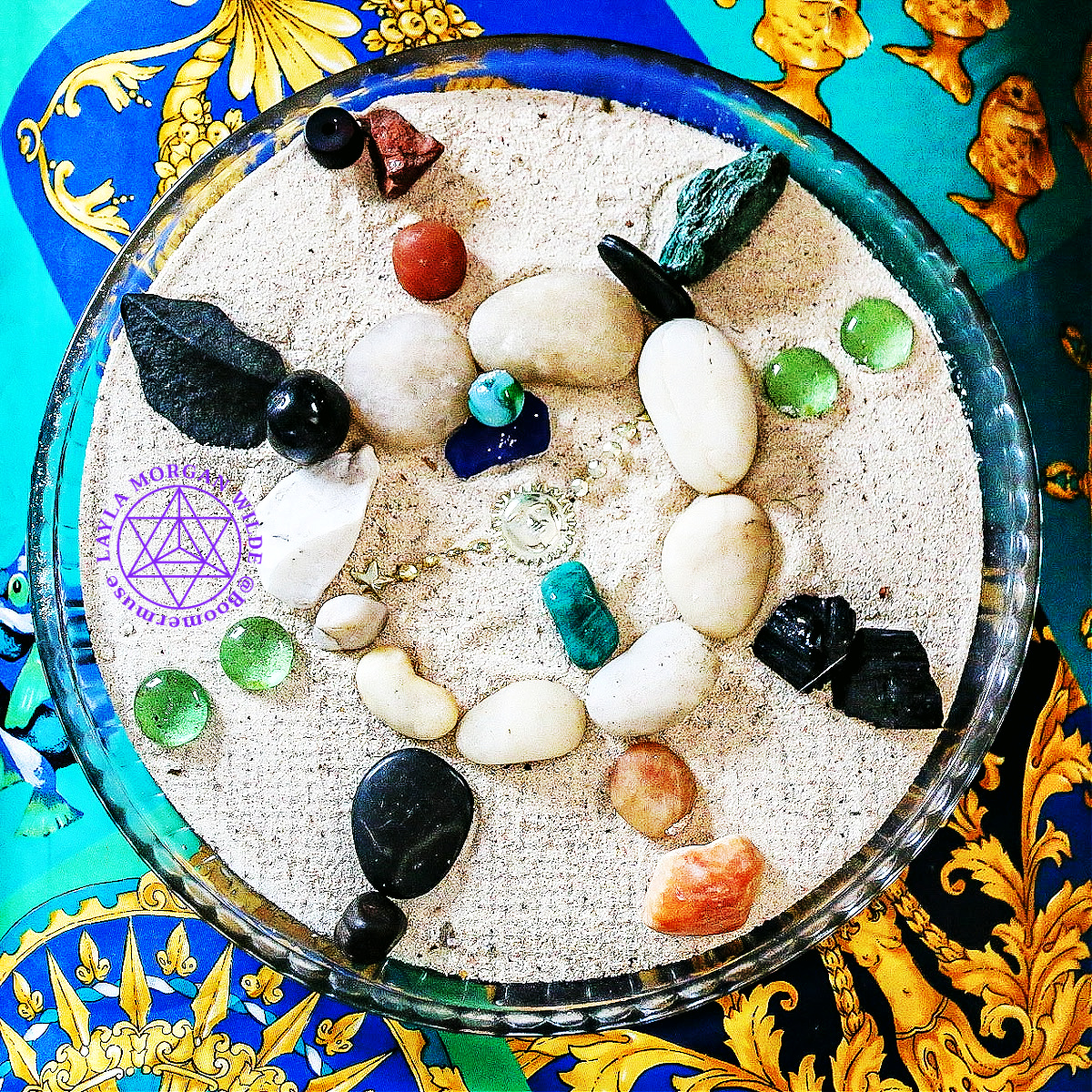
3. Set an Intention: Before you begin, set an intention for your mandala. It could be gratitude, healing, balance, or any other intention that feels meaningful to you. Hold this intention in your mind and heart throughout the process.
4. Choose a Center Point: Find a focal point for your mandala. Consider it the heart. It could be a large stone, a special flower, or any object that you feel drawn to. This center point will anchor your mandala and guide the placement of other objects.
5. Start Creating: Begin by placing your chosen center point object on the ground. From there, start arranging the natural objects in a circular pattern around the center. Let your intuition guide you as you place each item, allowing the mandala to take shape organically.
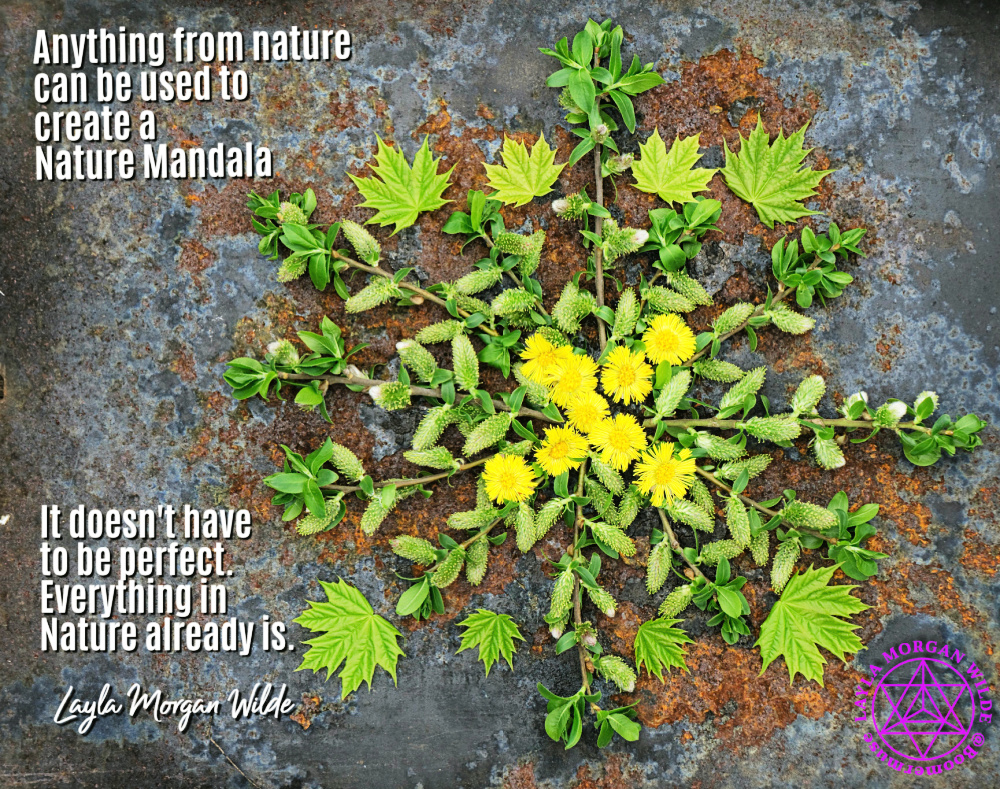
6. Play with Patterns and Textures: Experiment with different patterns, textures, and color combinations as you add more objects to your mandala. Arrange leaves in overlapping patterns, create intricate designs with twigs, and add pops of color with flowers. Move things around. Let your creativity flow freely. There are no rules!
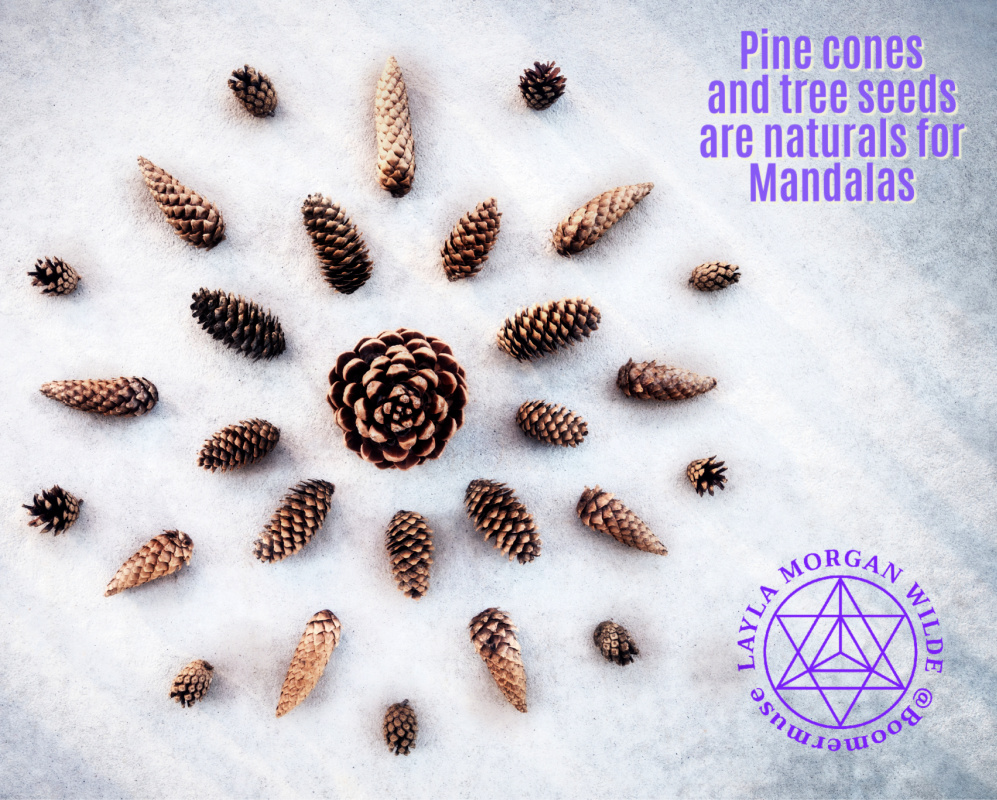
7. Find a Harmonious Balance: As you build your mandala, strive for balance and harmony. Arrange objects in a way that feels aesthetically pleasing to you. Pay attention to the placement of different elements, balancing light and dark, soft and hard, and creating a sense of unity.
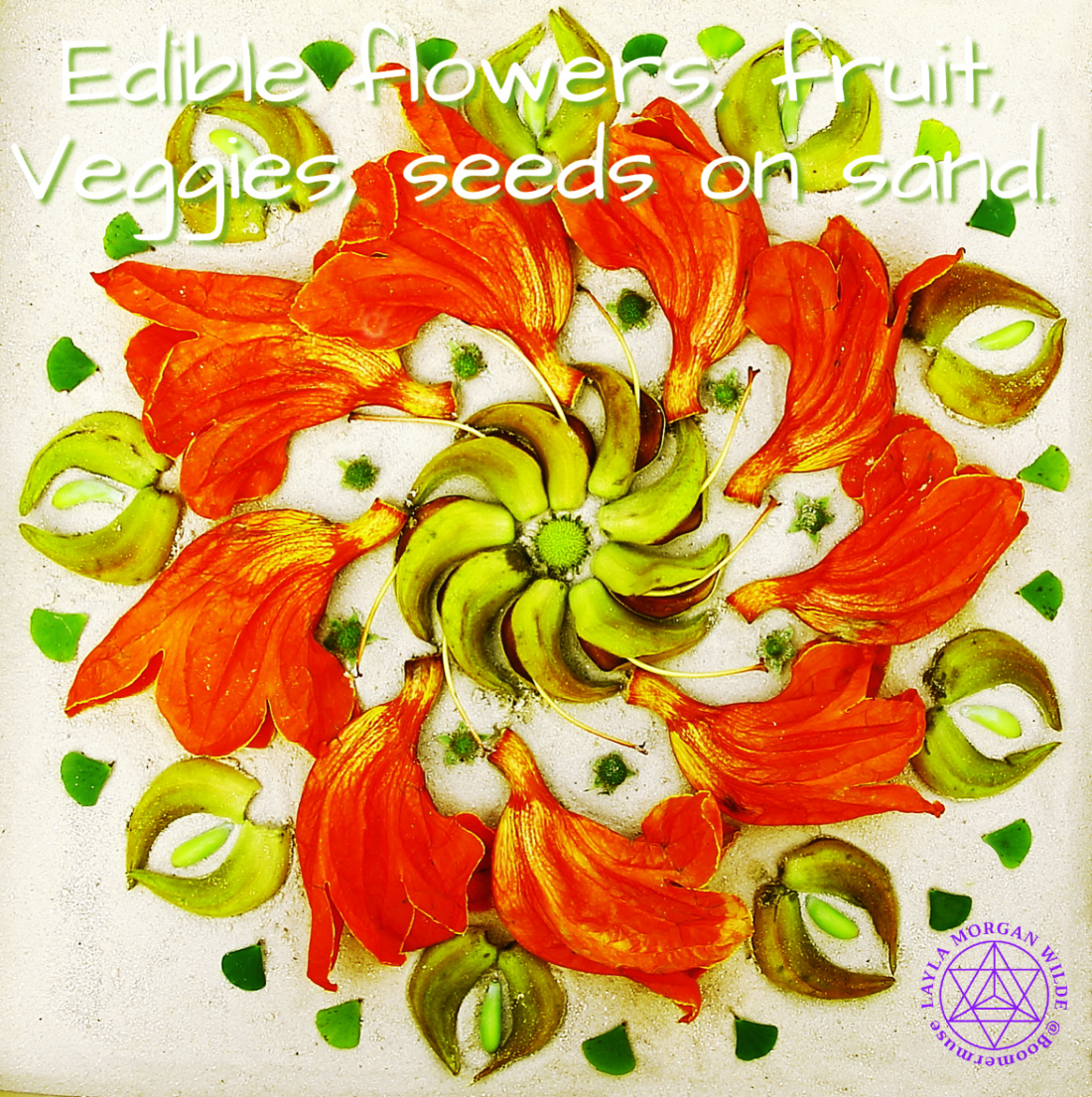
8. Express Gratitude and Intention: While you work on your mandala, express gratitude for the natural world and the objects you are using. Infuse your intention into the mandala, focusing on the energy and symbolism of each object. Allow your mandala to become a visual representation of your gratitude and intention.
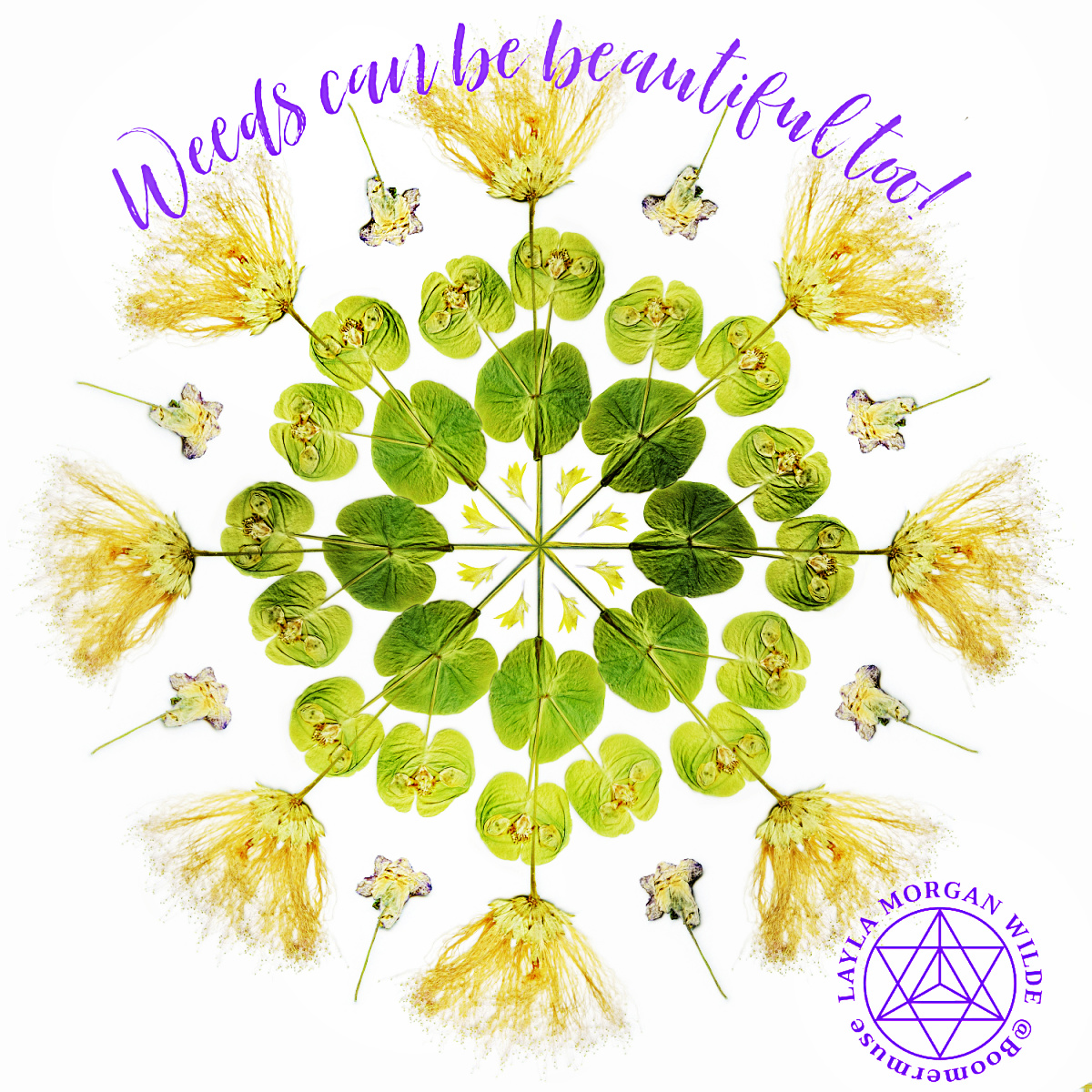
9. Capture the Moment: Take a moment to appreciate your finished earth mandala. Reflect on the process and the energy you infused into it. Consider taking a photograph to capture the beauty of your creation and to preserve the memory of the mandala since they are not built to last.
10, Let Nature Reclaim: Once you have finished admiring your mandala, honor the impermanence of nature by allowing the elements to reclaim the objects. You can choose to leave your mandala in place to naturally decompose or gently scatter the objects, returning them to the earth. If you are using edible seeds, fruits or veggies, consider it an offering to the birds or other wildlife.
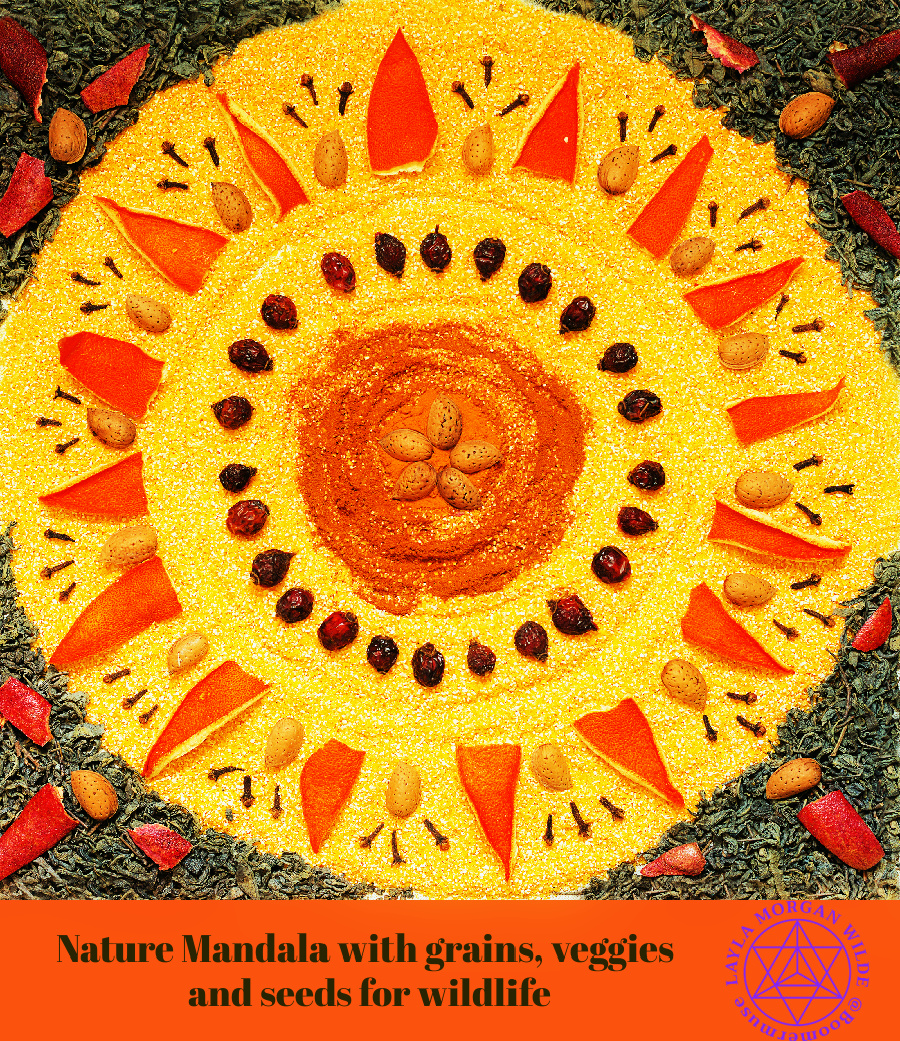
Remember, creating an earth mandala is a meditative and creative process. Let go of expectations and allow yourself to be in the present moment as you connect with nature’s elements and express your artistic vision.
The opportunity can present itself organically when you are open to it.
Awhile back I found a perfect circle of moss and nearby fallen acorns. It made perfect sense to make a little mandala right then and there.
I hope you find create some mandala magic on this Summer Solstice!
Warm, sunny love,
Layla
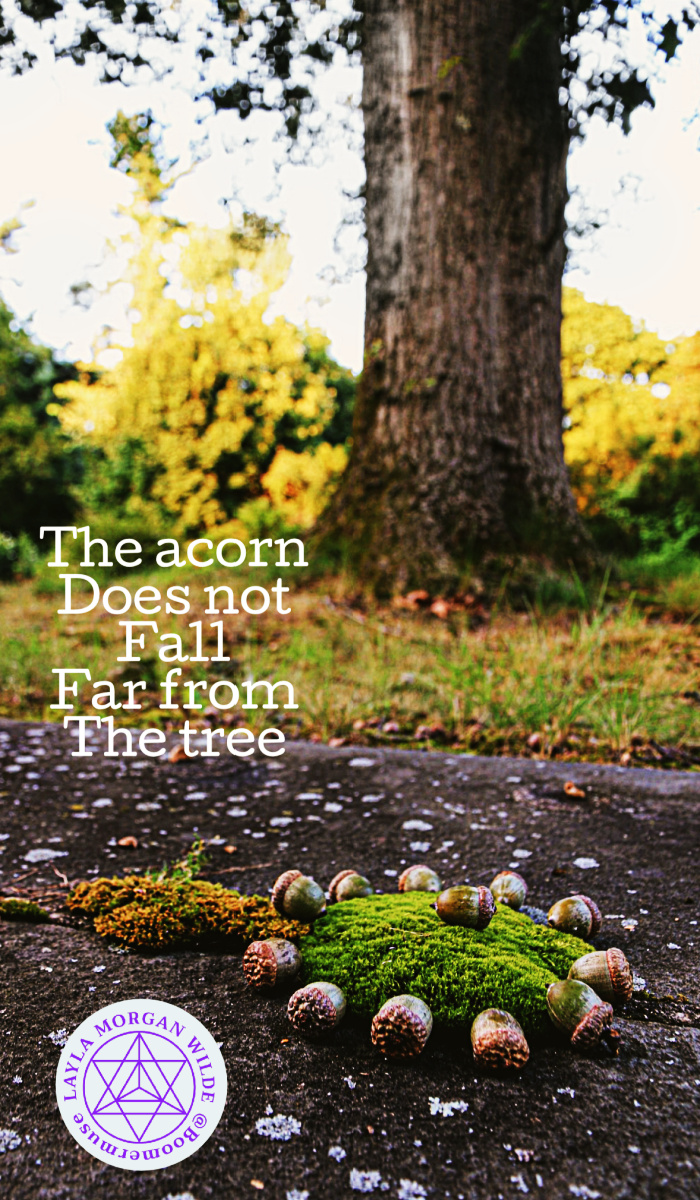
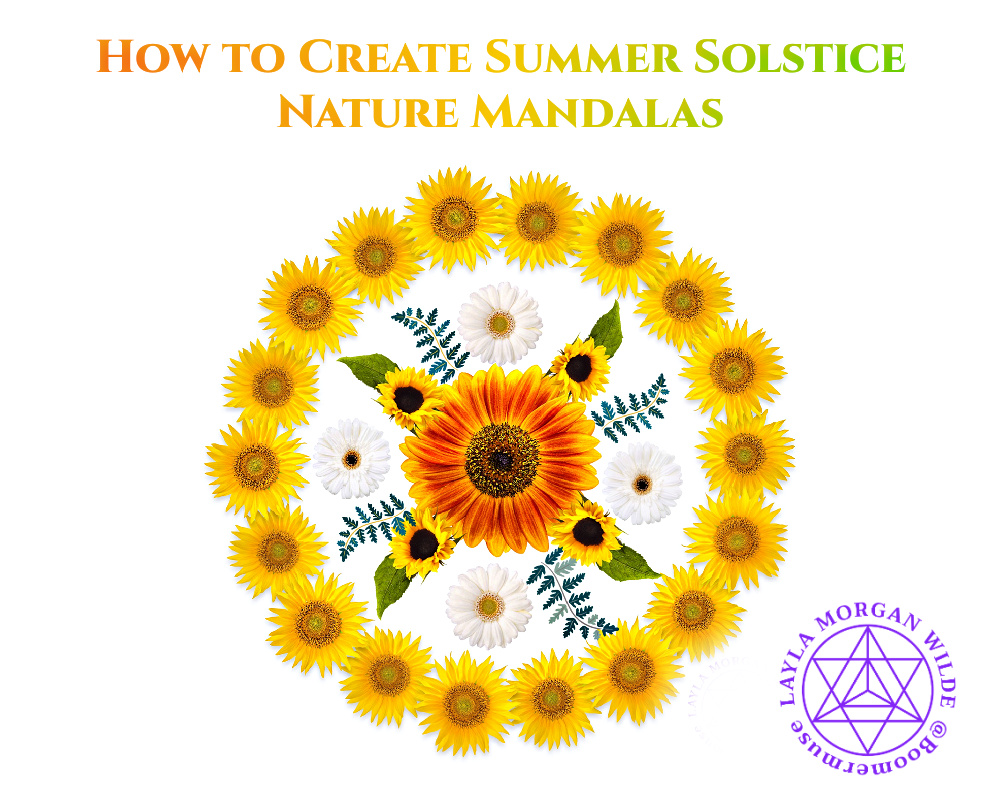

One thought on “Create Summer Solstice Nature Mandalas”
Comments are closed.